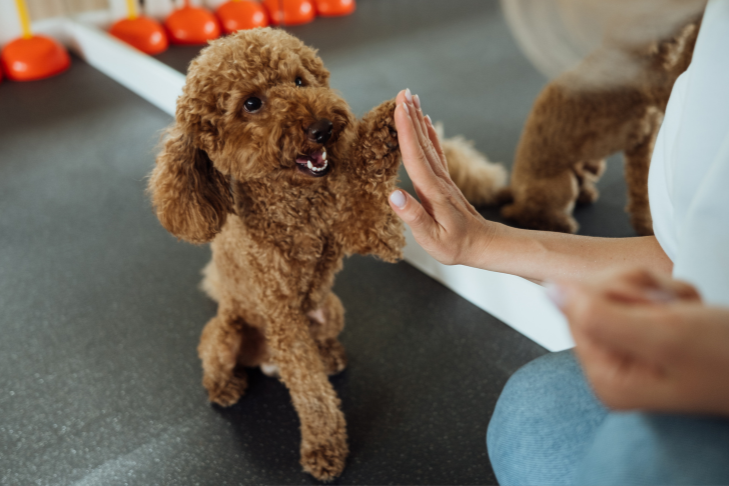6 Tips To Make Training Easier For You And Your Dog

Who says you can’t teach an old dog new tricks? Whether you’ve just brought home a new puppy or adopted an older rescue dog, it’s never too late to start training. With the right approach and consistency, your dog can learn basic obedience or even advanced tricks — no matter their age.
Here are six practical tips to make dog training easier, less stressful, and more effective for both of you.
1. Train When Your Dog Is Hungry
Looking for the best time to train your dog? Try before meals! A hungry dog is usually more motivated to earn treats and stay focused. If your pup just ate a full meal, they may be less interested in rewards and more distracted. Training right before breakfast or dinner can increase attention and engagement — especially when you're using tasty, high-value treats.
2. Schedule Short, Consistent Training Sessions
Consistency is key in dog training. Set aside time each day for short, focused sessions to help your dog retain what they’ve learned. Ideally, aim for a few 5-minute sessions spaced throughout the day.
Training in a quiet, distraction-free environment (like your living room or backyard) can improve results. Long sessions may overwhelm your dog and make training feel like a chore, so keep it fun and manageable.
3. Use Clear Hand Signals
Dogs don’t speak our language — but they do respond well to visual cues. Along with verbal commands, incorporate simple hand signals or gestures. For example, point down to signal "sit" or open your palm upward to indicate "stay."
Pairing verbal commands with physical cues can speed up learning and help your dog better understand what you're asking — especially in noisy environments or from a distance.
4. Keep Everyone Consistent
One of the most common dog training mistakes is inconsistency among household members. If everyone uses different commands or hand signals, it can confuse your pup and slow progress.
Make sure your entire household — including dog walkers or sitters — is on the same page with your training cues. Write down your chosen commands and post them somewhere visible to keep things consistent and effective.

5. Reward Immediately and Stay Positive
Dogs thrive on positive reinforcement, so praise and reward your pup the moment they follow a command correctly. A delayed reward can create confusion, so keep treats handy and reinforce good behavior right away.
Your attitude matters, too. If you’re frustrated or impatient, your dog will pick up on it. Stay upbeat and encouraging — training should be a bonding experience, not a battle.
Pro tip: Try our CBD-infused Edibites during training sessions! They’re tasty, easy to break into smaller pieces, and may help promote calm behavior — making learning smoother for both of you.
6. Don’t Hesitate to Get Professional Help
Some dogs catch on quickly, while others may need extra support. If you’re struggling, reach out to a certified dog trainer or behavior consultant. They can help tailor a plan to your dog’s personality and needs.
Check out The Association of Professional Dog Trainers to find reputable trainers near you, or ask your local pet community for recommendations.


